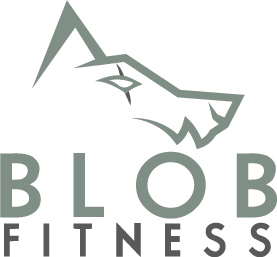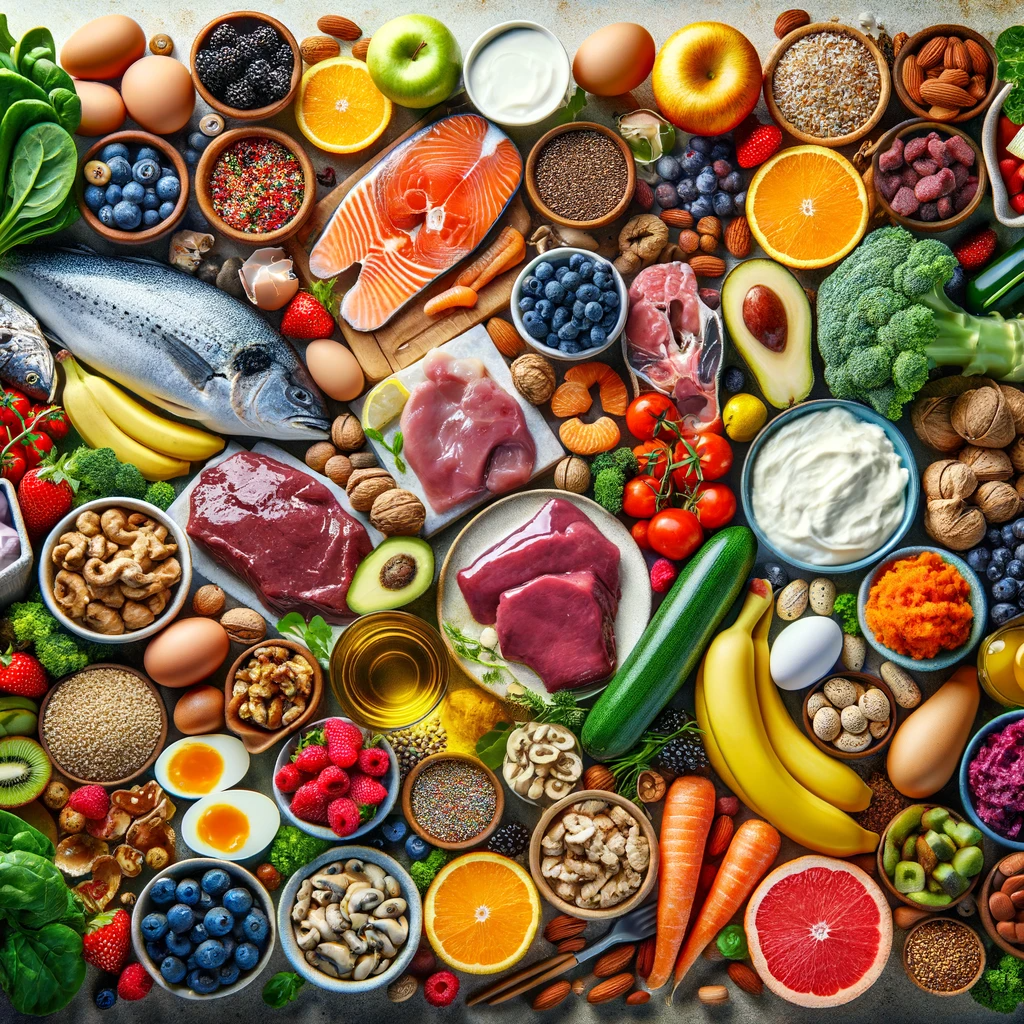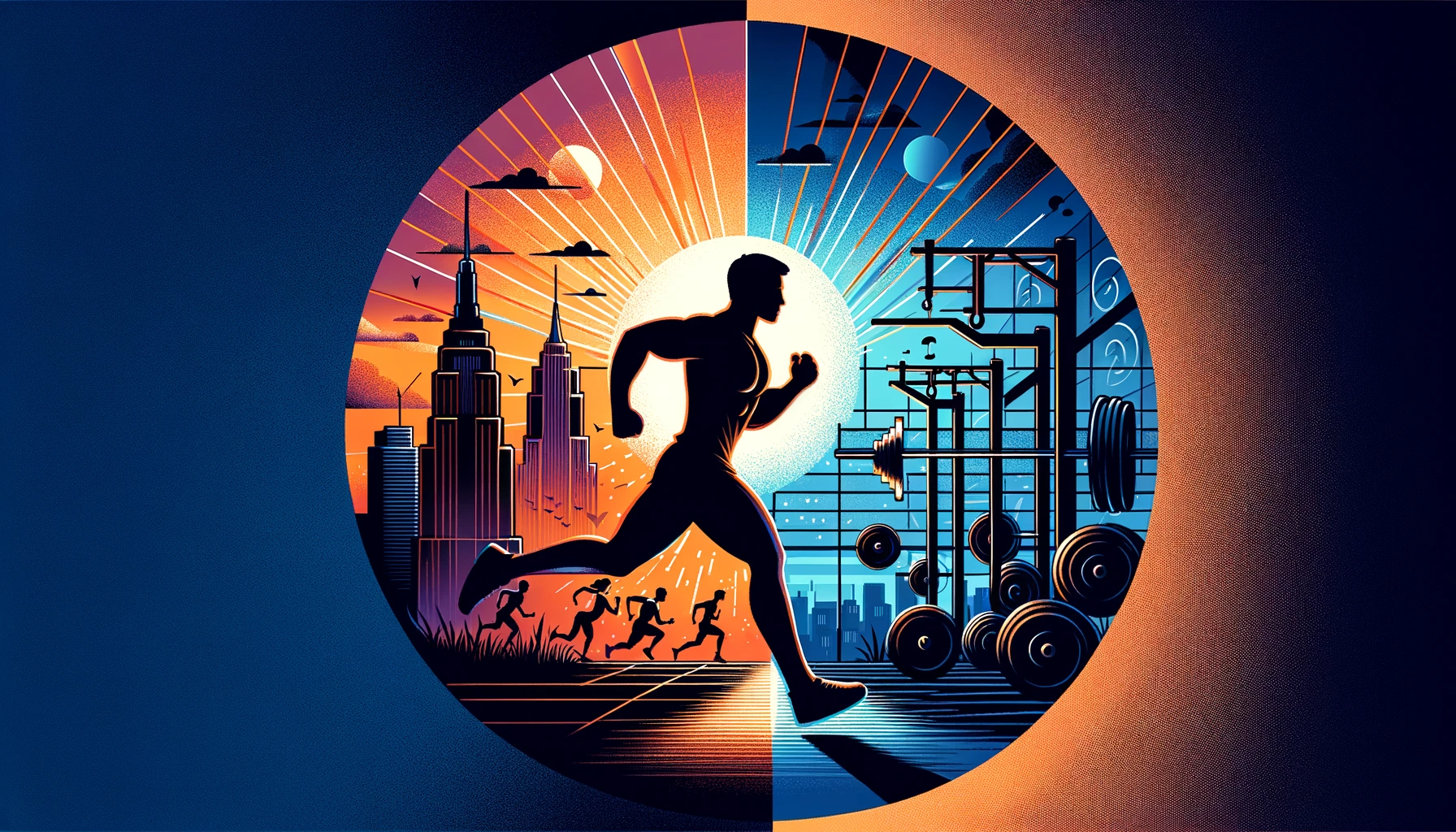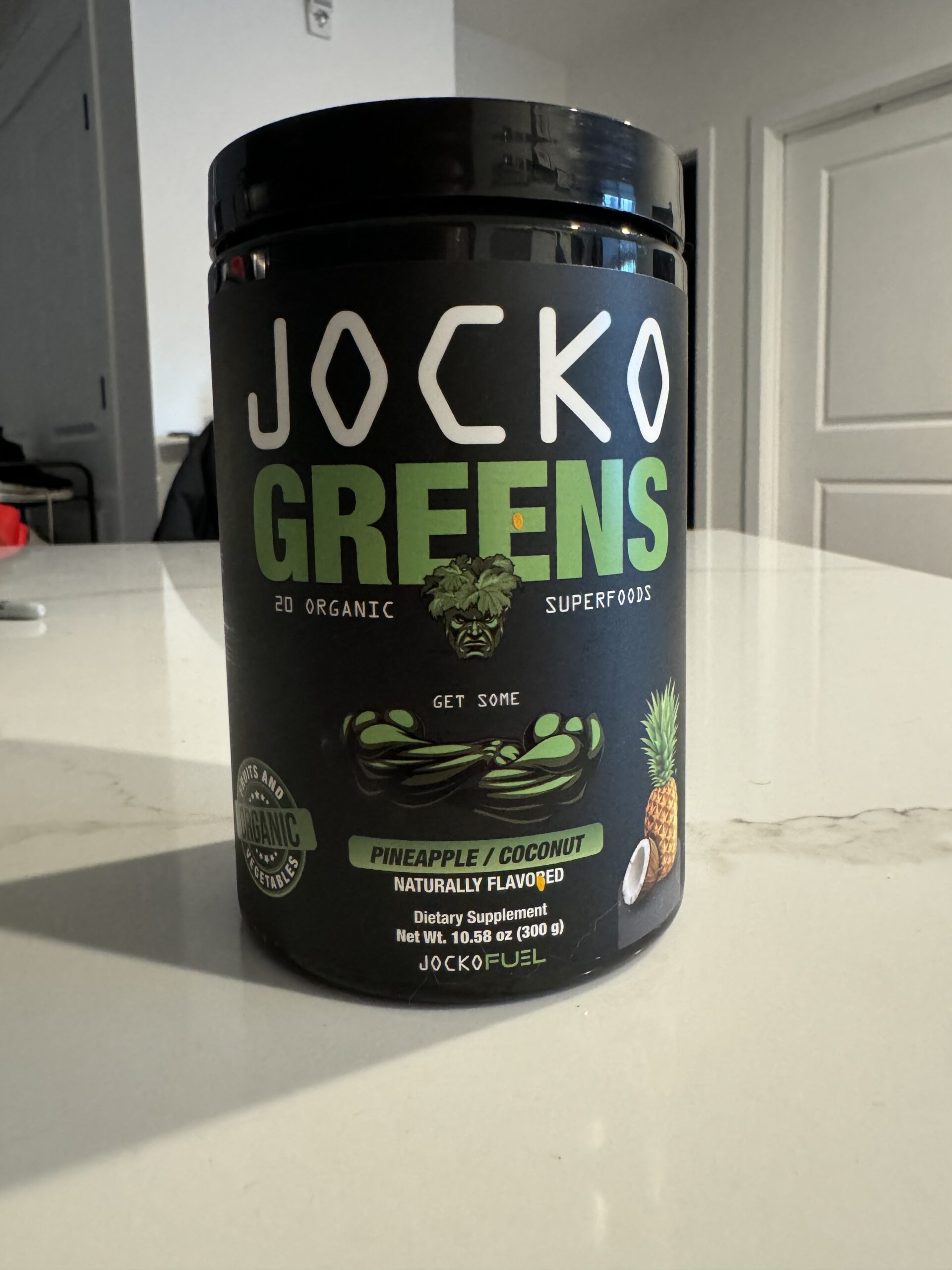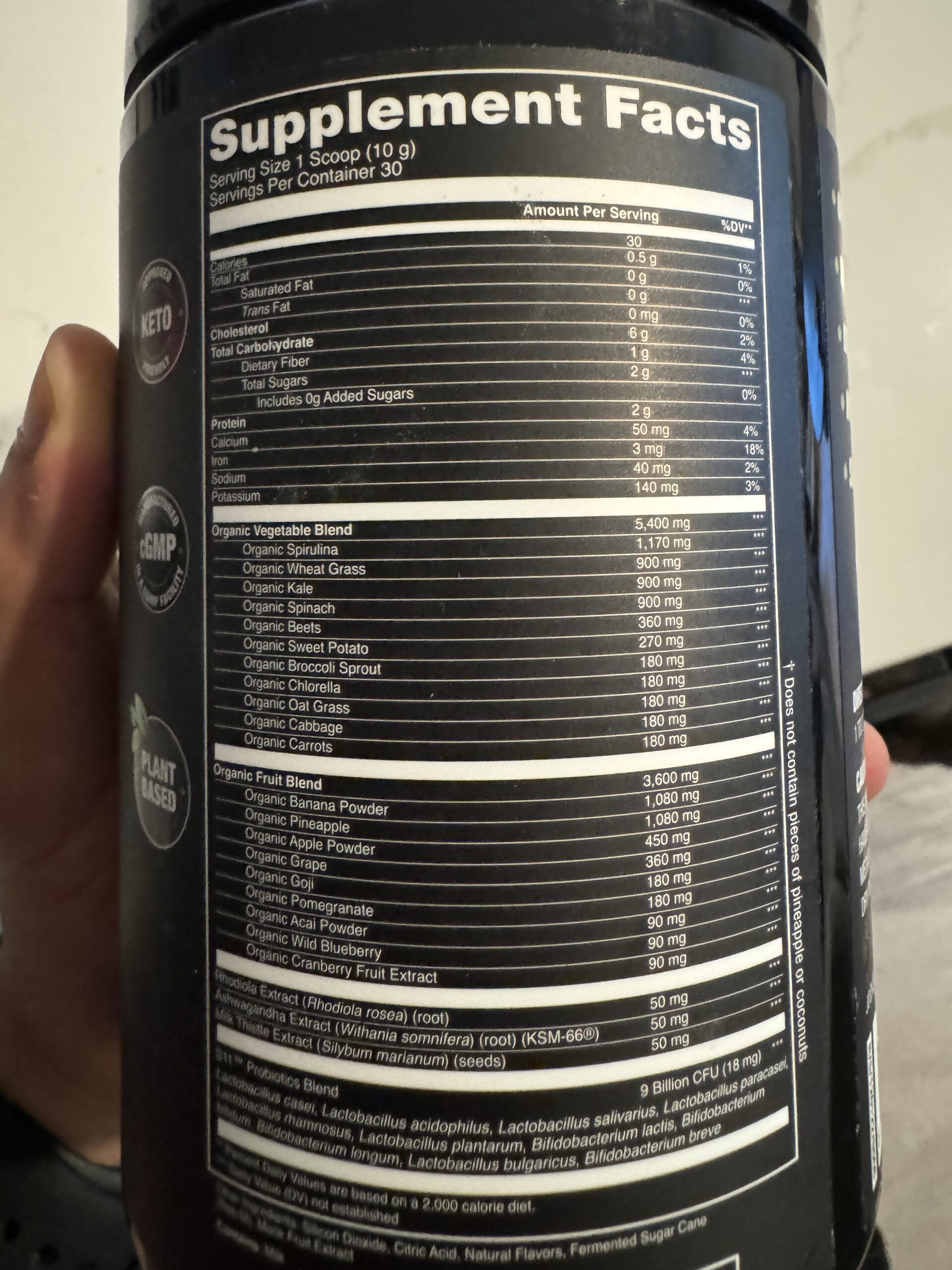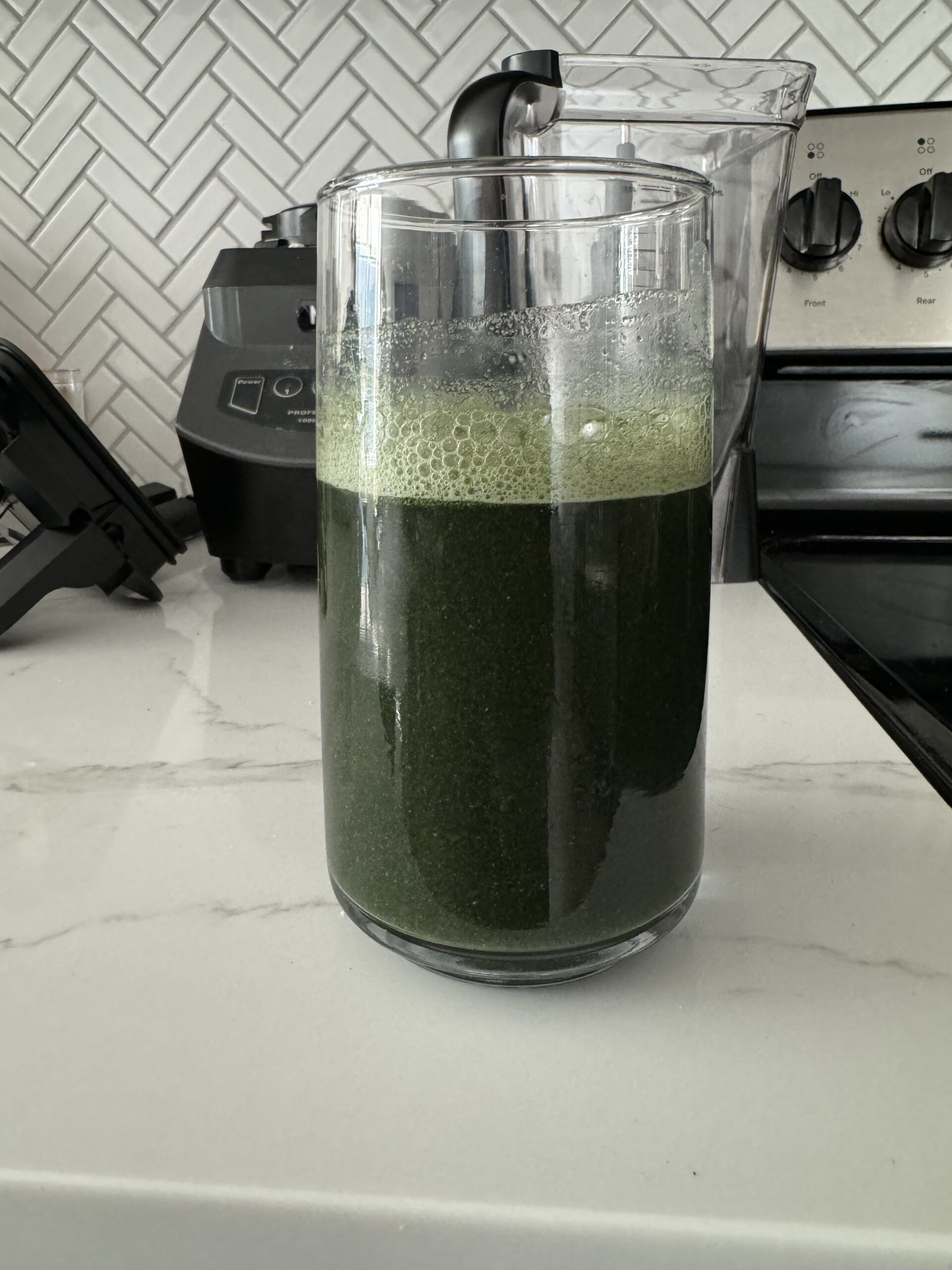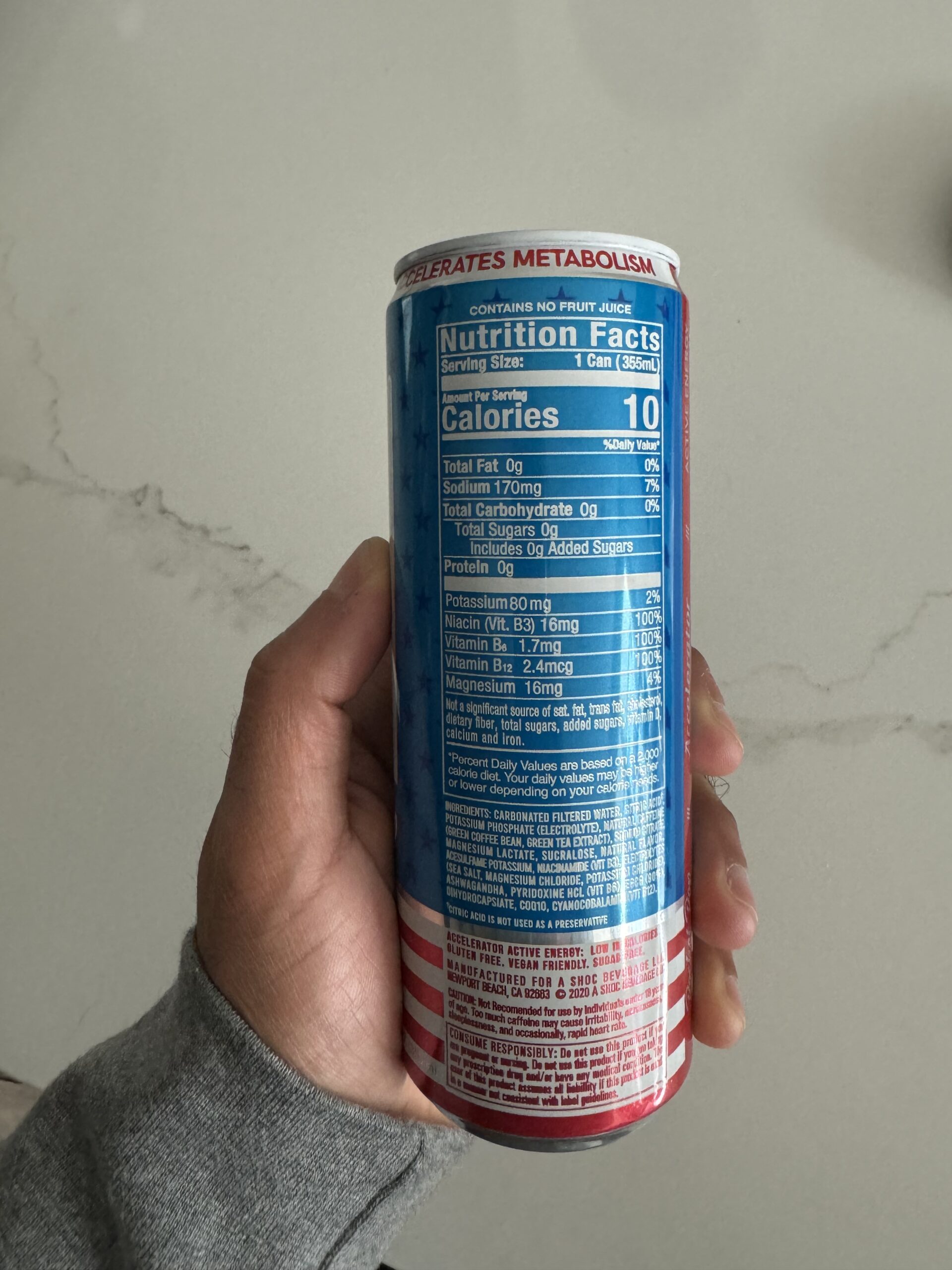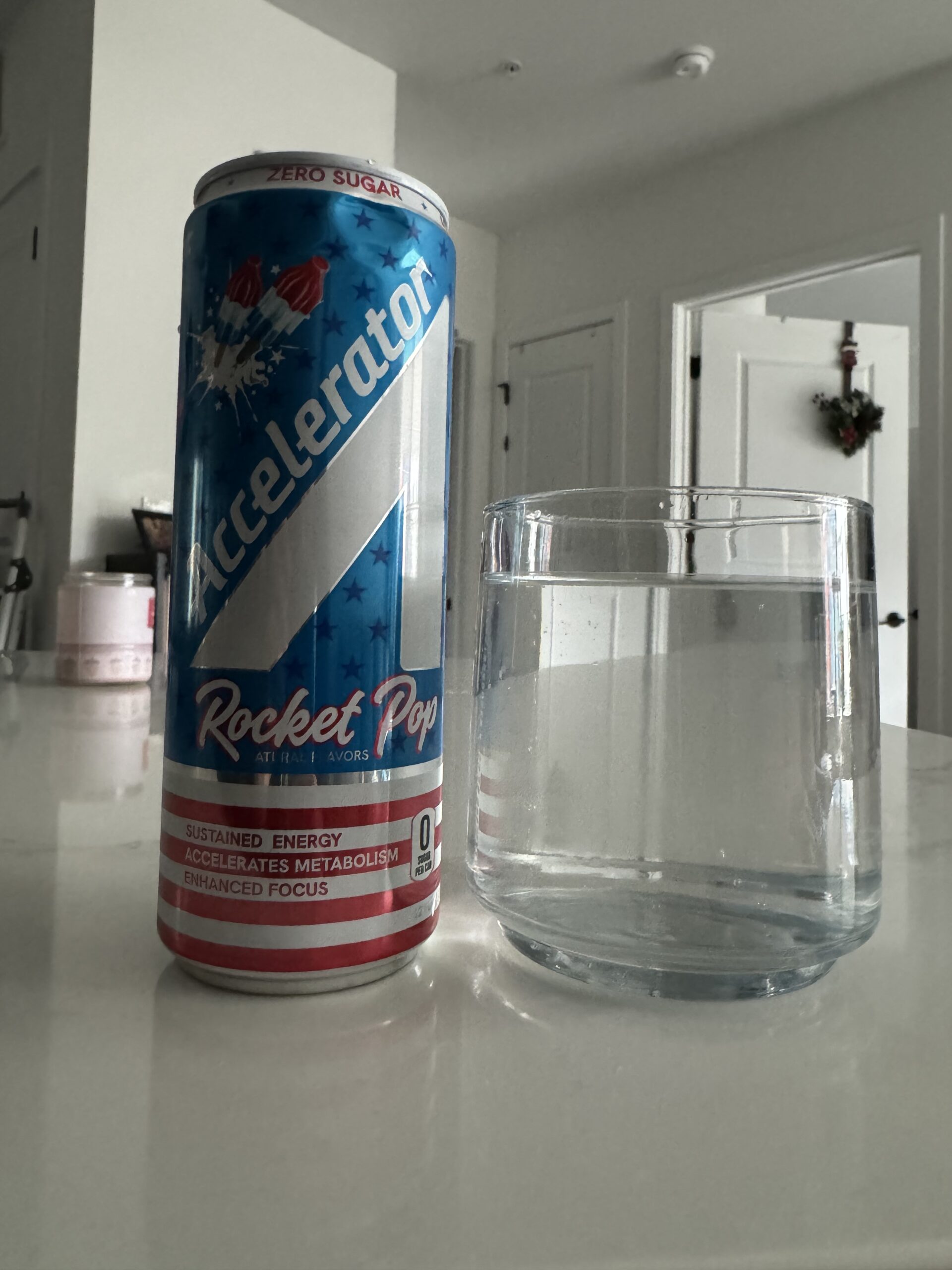The world of nutrition is fraught with misconceptions and myths, particularly around dieting.
These myths, often perpetuated by fad diets and misinformation, can lead to unhealthy eating habits and confusion about proper nutrition.
In this post, we’ll debunk five common dieting myths, providing clarity and evidence-based information.
Why Are There So Many Dieting Myths?
Dieting myths thrive due to a combination of factors: the appeal of quick fixes, misinterpretation of scientific studies, and the spread of misinformation through social media and marketing.
Other times, it’s more about anecdotal experiences. People believe what works for them will work for everyone.
Most dieting myths usually don’t come from a bad place from the other person, they are genuinely trying to help. Others however are trying to grift or sell their product by claiming some nonsense overall.
Let’s go over some of the most popular myths.
Myth 1: Carbs Make You Fat and/or Are Bad for You
Carbohydrates have been unjustly vilified. While excessive intake of any calorie source can lead to weight gain, carbs are a vital energy source. Whole grains, fruits, and vegetables are healthy carb sources that are essential for a balanced diet.
Debunking Myth 1: Carbs Make You Fat and/or Are Bad for You
The myth that carbohydrates make you fat and are unhealthy is a widespread misconception. However, scientific evidence strongly contradicts this belief. Let’s dive deeper into why carbs are not inherently fattening and why this myth persists.
Evidence Against the Myth
-
NuSI-Funded Study: A well-controlled trial funded by the Nutrition Science Initiative (NuSI) involved participants consuming a high-carb diet followed by a low-carb, ketogenic diet. Both diets were calorie and protein-matched. The results showed no significant difference in fat loss between the two diets, debunking the carbohydrate-insulin hypothesis of obesity. Link to article that has the studies describing this in more detail.
-
Water Weight Loss on Low-Carb Diets: When participants switched to a low-carb diet, they experienced a sharp decrease in total weight, mainly due to water loss, not fat loss.
-
Insignificant Metabolic Rate Increase: The same study observed a minor increase in metabolic rate on a low-carb diet, but this increase was clinically insignificant and diminished over time.
Why the Myth Persists
The myth that carbs are inherently fattening persists due to the initial weight loss experienced on low-carb diets, which is often due to water loss.
Additionally, a shift in nutrient ratios (increasing protein and/or fat) and a reduction in calorie-dense, highly palatable junk foods can lead to a decrease in overall calorie intake, contributing to weight loss.
However, when low-carb and high-carb diets are matched for calories, there is no difference in body fat change.
Myth 2: Protein Is Bad for You
The myth that protein is harmful, particularly to the kidneys and bones, has been an ongoing myth for some time. Although it isn’t believed much within the actual fitness communities anymore, people outside of it, especially beginners may think this is the case. However, scientific evidence debunks these claims and highlights the importance of protein in a healthy diet.
Scientific Evidence Against the Myth
-
McMaster University Study: A meta-analysis conducted by scientists at McMaster University, examining more than two dozen studies with hundreds of participants, found no evidence supporting the claim that high-protein diets cause kidney damage in healthy adults. The study, published in the Journal of Nutrition, reviewed data from 28 papers involving over 1300 participants. These participants, who included healthy individuals, obese individuals, and those with type 2 diabetes or high blood pressure, consumed various levels of protein intake. No link was found between high-protein diets and kidney disease in these groups. Link to article.
-
Bone Health: Contrary to the belief that high protein intake leads to bone loss, research indicates that protein has a neutral or protective effect on bones. Higher protein intake is associated with increased bone mineral density and a reduced risk of fractures. A study in the American Journal of Clinical Nutrition showed that women with the highest protein intake had a significantly lower risk of hip fractures than those with the lowest protein intake.
-
Weight Management: It’s a common misconception that high-protein diets lead to weight gain. On the contrary, protein’s high thermic effect and satiating properties can aid in weight loss. Studies have shown that increasing protein intake can reduce overall calorie intake and improve weight management. Protein requires more energy to digest, absorb, and metabolize, which can contribute to a higher overall calorie burn.
On top of all this, protein is an essential macronutrient for health especially if you are looking to gain mass. Getting enough protein is important.
Click here to see how much protein you should be intaking per day.
Myth 3: Your Body Can Only Use a Certain Amount of Protein
It’s a common belief that the body can only process a limited amount of protein per meal, but studies indicate that the body is quite adaptable in utilizing protein based on dietary intake and individual needs.
Recent studies, including Trommelen’s research, challenge the belief that the body can only utilize a limited amount of protein per meal. Key points include:
-
No Fixed Upper Limit: Contrary to the old belief of a 25-gram limit per meal, the body may effectively utilize much higher protein amounts for muscle synthesis. Muscle protein synthesis may plateau at some point, but your body still uses the protein.
-
Extended Anabolic Response: Significant protein synthesis can occur hours after consumption, not just immediately after eating.
-
Absorption vs. Utilization: While almost all consumed protein is absorbed, the amount used for muscle growth varies and is influenced by factors like amino acid composition and individual characteristics.
-
General Intake Guidelines: About 40 grams of protein per meal can be utilized for muscle growth, with distribution throughout the day, including high-protein breakfasts, being beneficial.
Myth 4: Low-Fat Diets Are Good
The myth that low-fat diets are inherently healthier and more effective for weight loss and health maintenance has been increasingly challenged by scientific research.
Fats are crucial for the absorption of fat-soluble vitamins (A, D, E, and K) and hormone production. Extremely low-fat diets can lead to nutritional deficiencies and health issues.
The focus should be on the quality of fats consumed rather than the reduction of fat intake. Link to article.
Lastly, fat itself is high in calories (9 calories per gram of fat). Having a high-fat diet does increase calories overall. However, with calories equated and assuming you are at maintenance, it’s fine to be higher fat and lower carb or moderate in both.
Myth 5: A Multivitamin Is Enough
Relying solely on a multivitamin for nutritional needs overlooks the complexity of nutrition.
Whole foods provide a synergistic blend of nutrients, fiber, and other compounds that a pill cannot replicate.
As well, a grouping of foods is fairly important. To not be redundant and list multiple points about this, I would recommend checking out my other articles about this:
- Understanding and creating a nutrient dense diet.
- Supplements vs Whole Foods, Does it Make a Difference?
Final Thoughts
Understanding and debunking these dieting myths is crucial.
There are too many myths even for this article to cover. However, these are some of the more popular ones.
Dieting is fairly simple overall but is made complex by others. Find the right balance for you and something that is sustainable to find success.
Summary: Debunking dieting myths is essential for adopting a healthier, more balanced approach to eating and nutrition.
